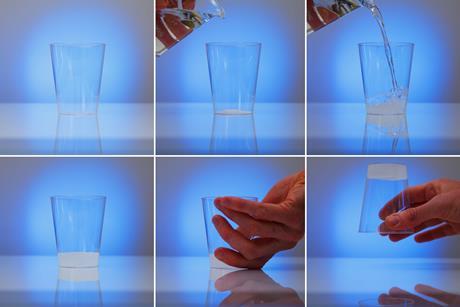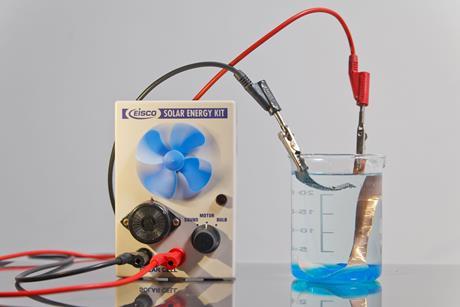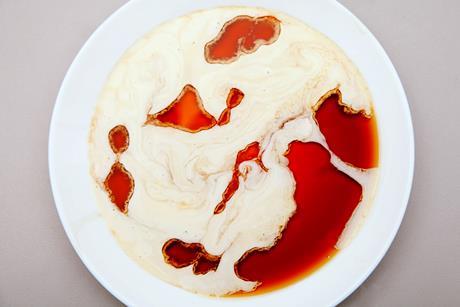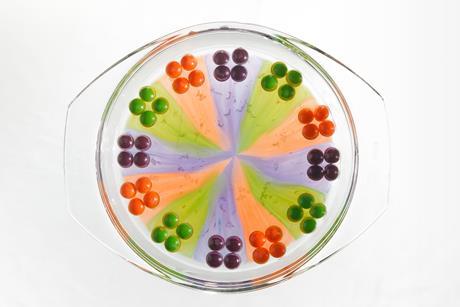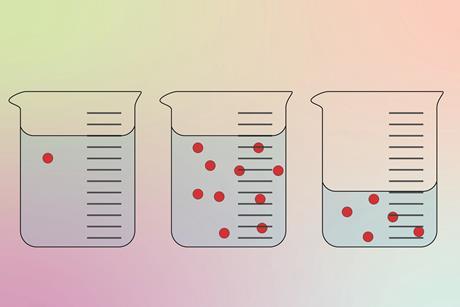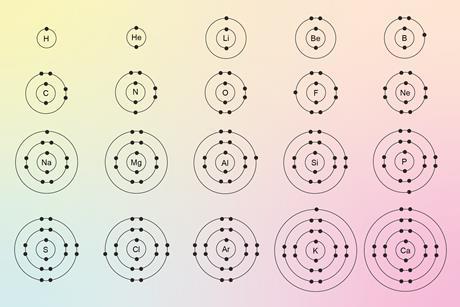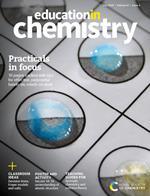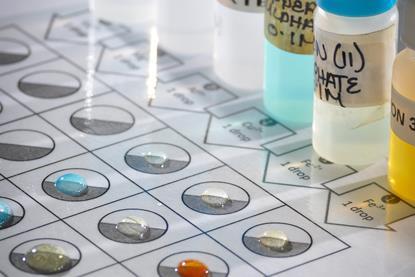Reversing our reliance on fractional distillation of crude oil
Scientists use semi-permeable polymer membrane and reverse osmosis to separate mixtures of hydrocarbons and save energy
Claim your free subscription
Get your free copy
Teach Chemistry members can sign up to receive their own free print copy of every issue of Education in Chemistry.
Register now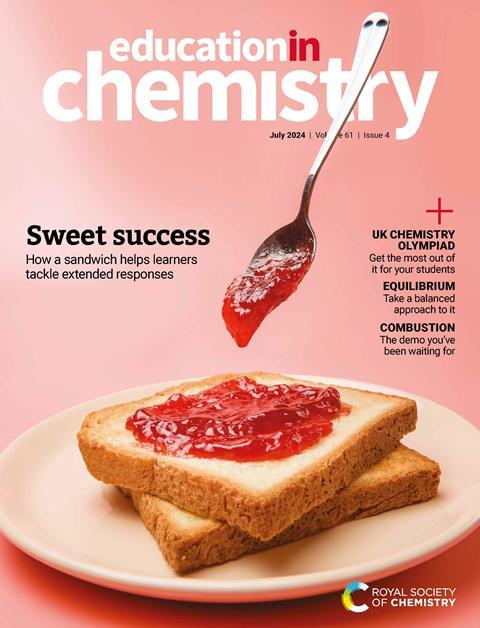
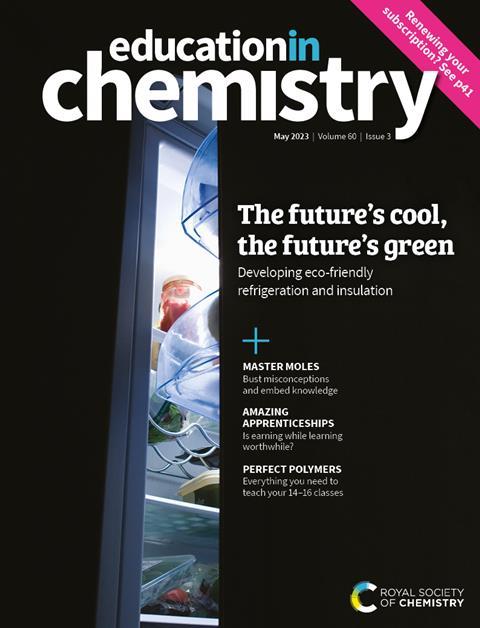
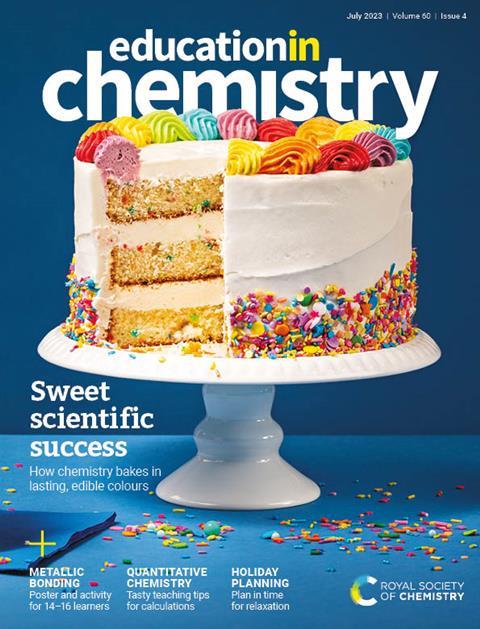
Get the most from multiple choice questions
Quiz your students with our seven tips for crafting effective questions and answers
Ways to teach atoms and ions
Use these six tips to ensure learners master ion formation at 14–16
Scaffold learning with decision trees
Help students unravel complex topics with a decision tree – a visual support you can gradually remove
Evaporation, entropy and the Marangoni effect
Make water ‘disappear’ with a superabsorbent polymer
Demonstrate electrochemistry with a gravity cell
Experiment with surface tension and convection currents
Dissolve coloured sweets to create a rainbow
- Previous
- Next
Creative exercises to connect concepts in organic chemistry
Learn how to use purposeful prompts to encourage students to make meaningful connections between newly learned and previously covered ideas
How making mistakes in practicals impacts student engagement
Understand how learners respond to and recover from different types of errors in the chemistry lab to improve student outcomes
Use students' drawings to understand their thinking
How to develop your recognition and interpretation skills to better evaluate learners’ chemical representations
Foster deeper comprehension and engagement with oracy
It’s time to recognise speaking and listening as a cornerstone of learning science
Do you know your safety spectacles from your goggles?
Overcome any confusion and make the right decisions for safety in your school environment, advises Andrea from Isaac Science
29 editable literacy resources for your science lessons
Download a wealth of support to help improve learners’ literacy skills








